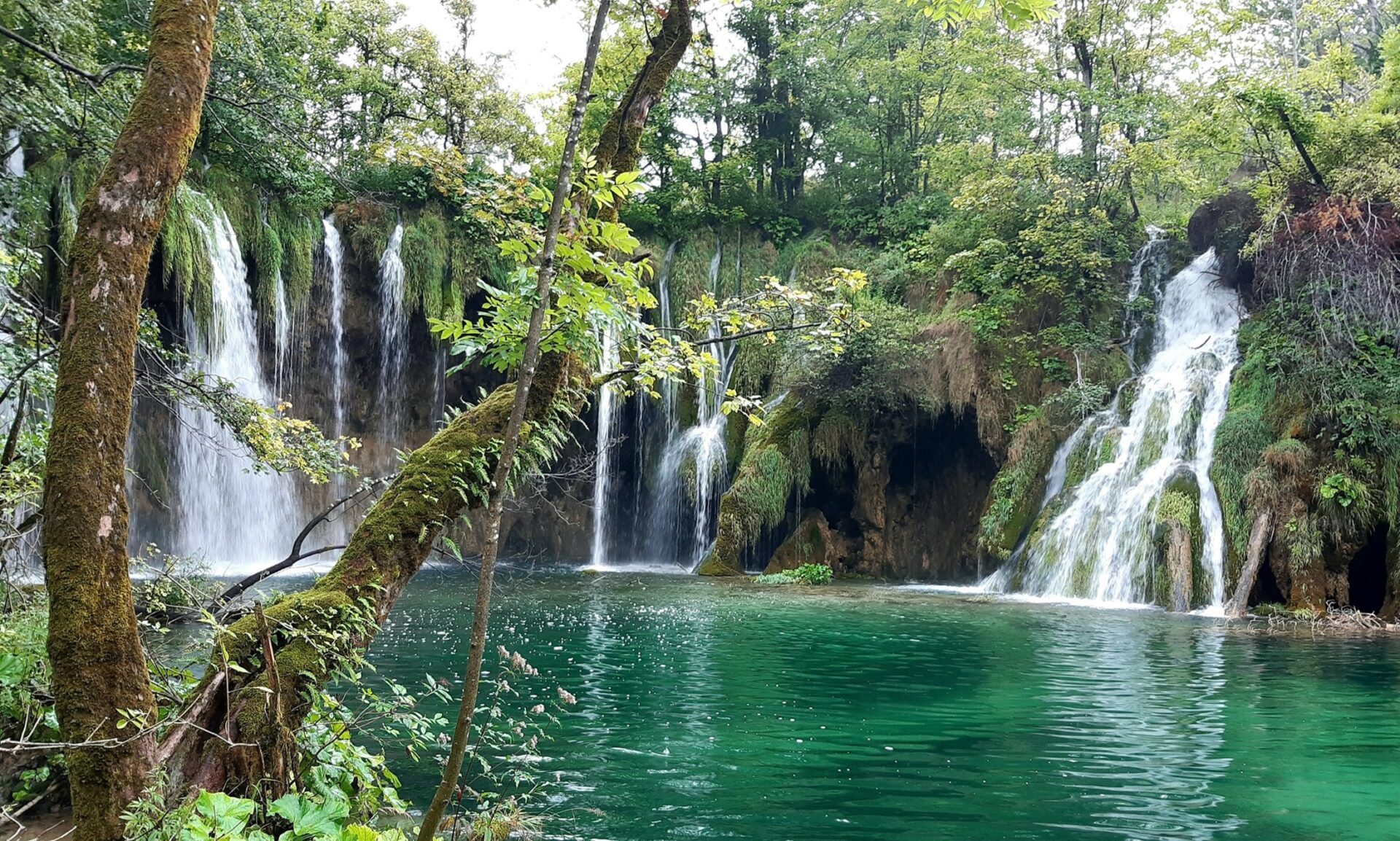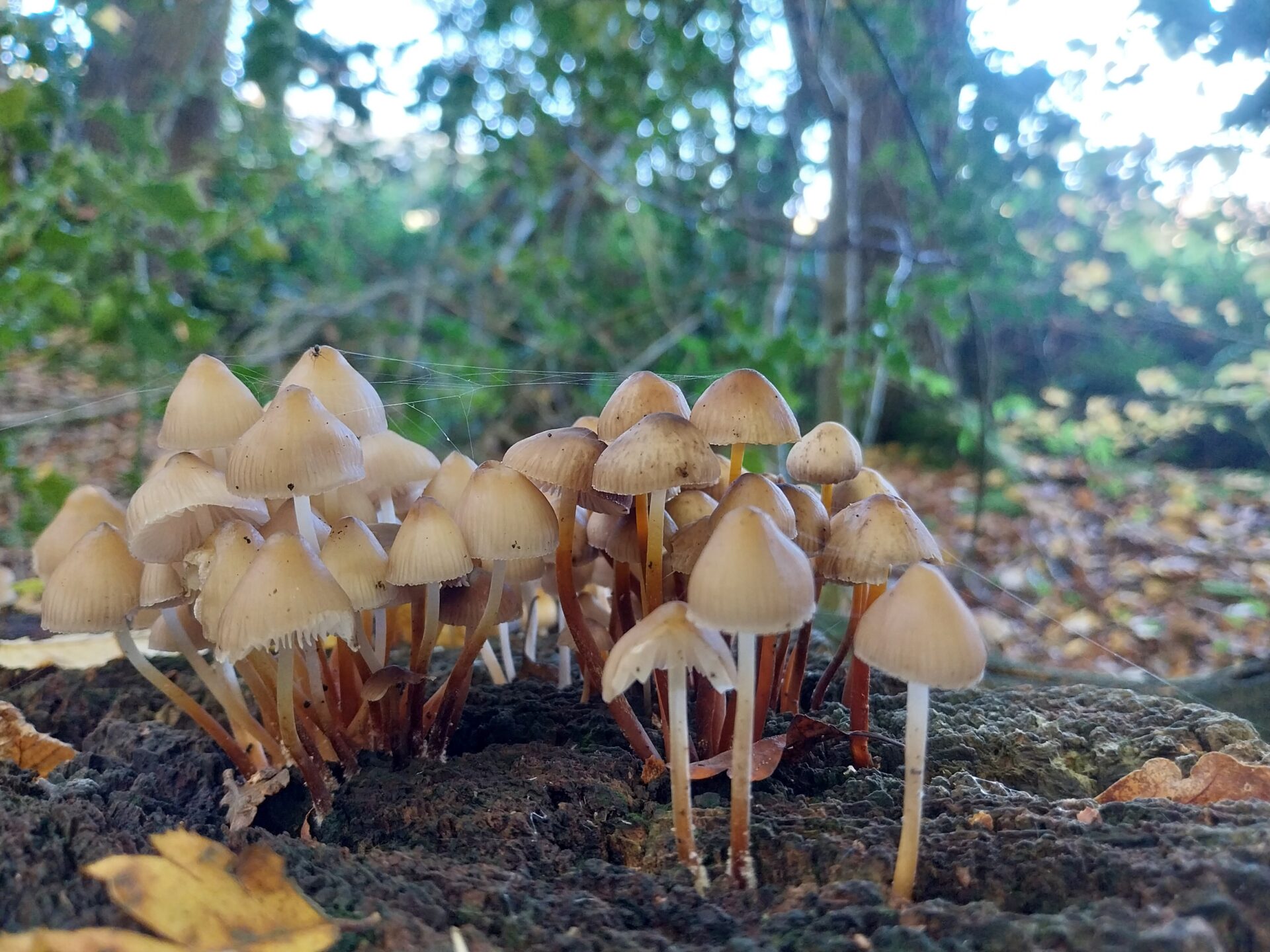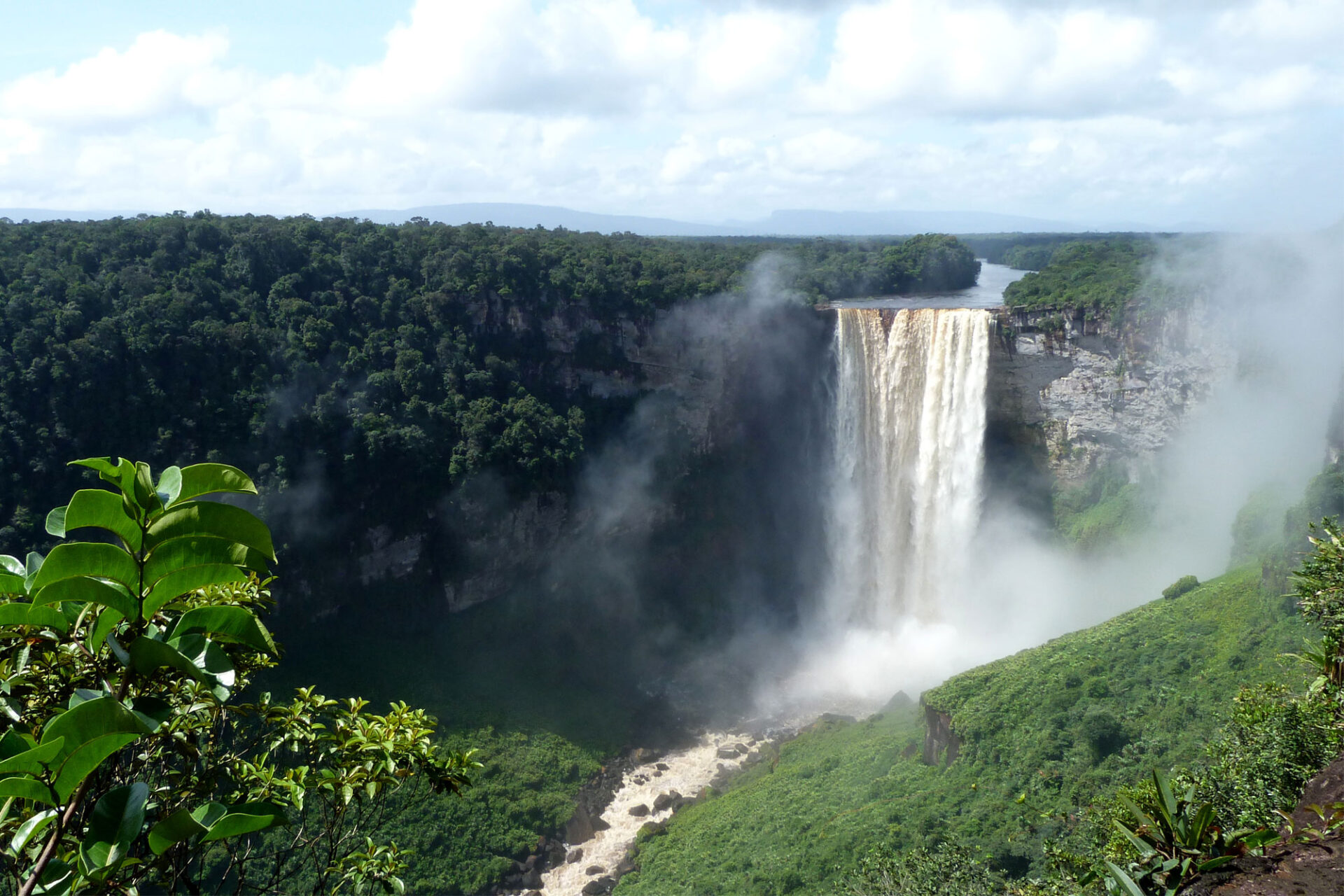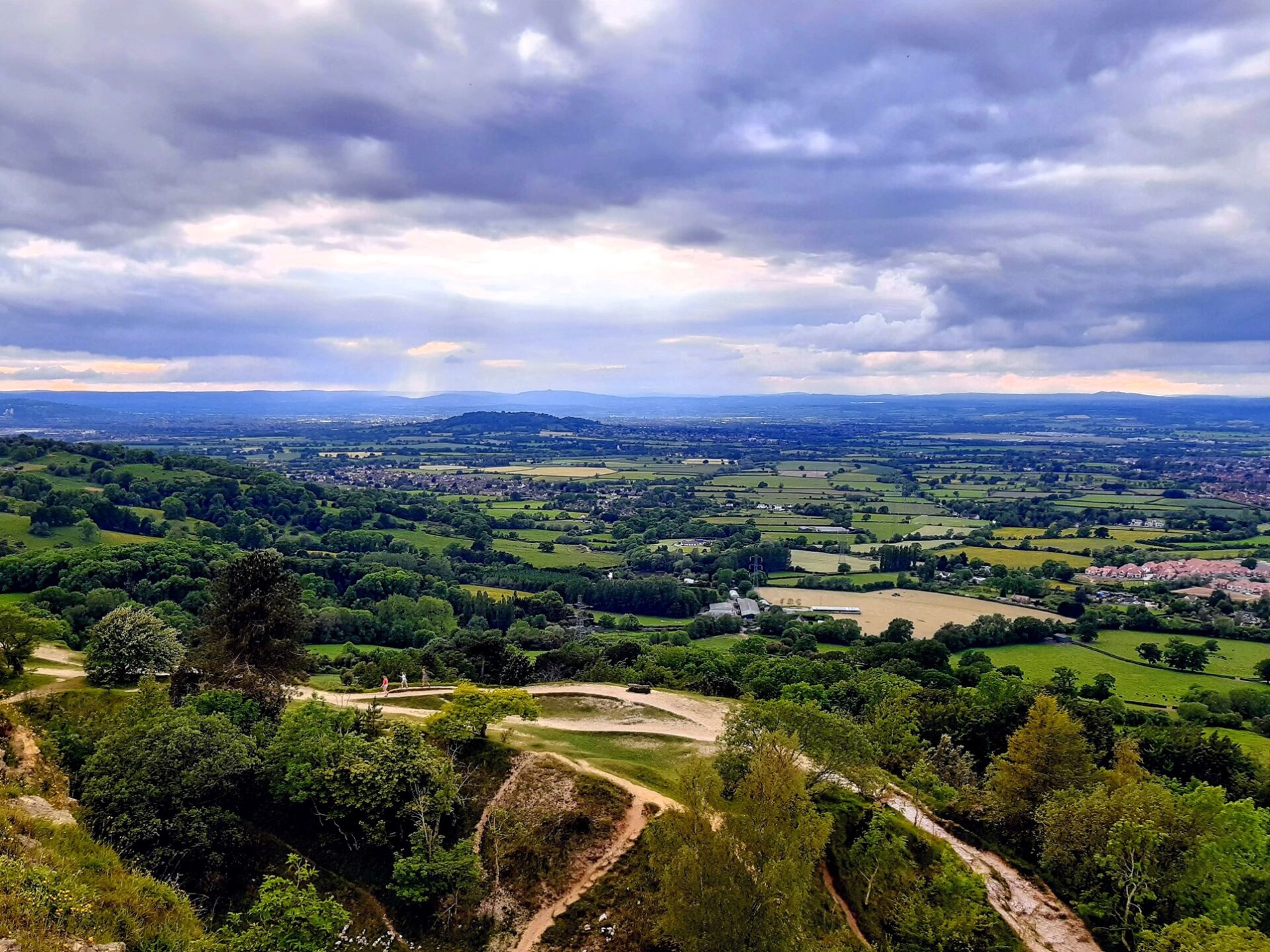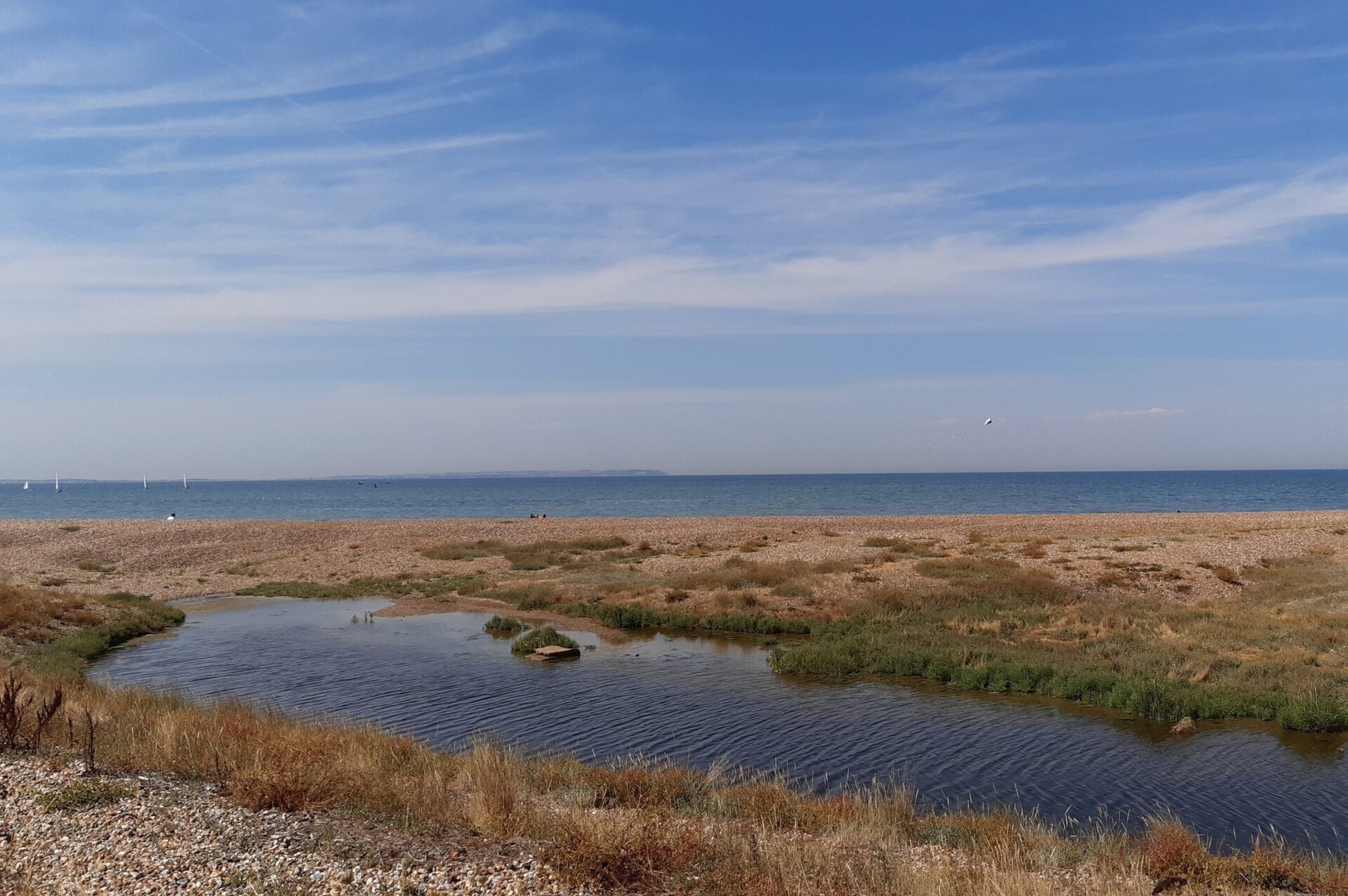Our services
We offer tailored services built on our expertise in biodiversity and conservation planning. Delivered through data analysis, research, reporting, consultancy, and training, some of our key expertise areas are listed below. Please contact us to explore how this can fit with your organisation’s aims or to discuss any other biodiversity-related work.
Landscape scale planning
We design ecological and conservation area networks, using specialist approaches such as systematic conservation planning, to deliver interdisciplinary goals for nature recovery.
Policy evaluation and alignment
We review on nature and land use policy and legislation to identify gaps and opportunities for organisations.
Stakeholder engagement
We design and support stakeholder consultations to inform participatory conservation and nature recovery efforts.
Tailored Research
We deliver project-specific research across sectors, drawing on expertise ranging from habitat connectivity modelling to participatory-based conservation.
Training
We deliver bespoke training on ecology and conservation, including landscape planning using decision science tools and site-level habitat assessments.
